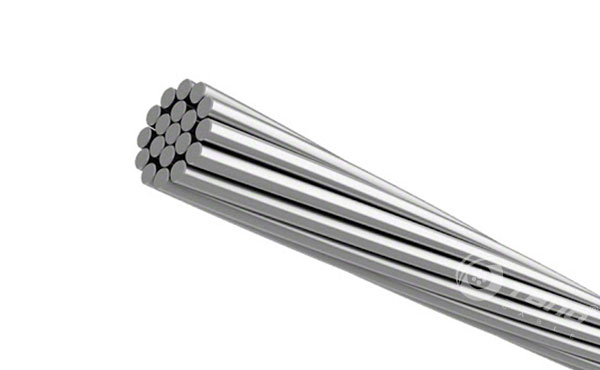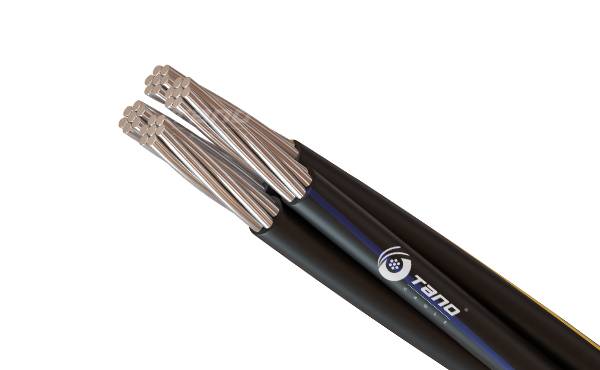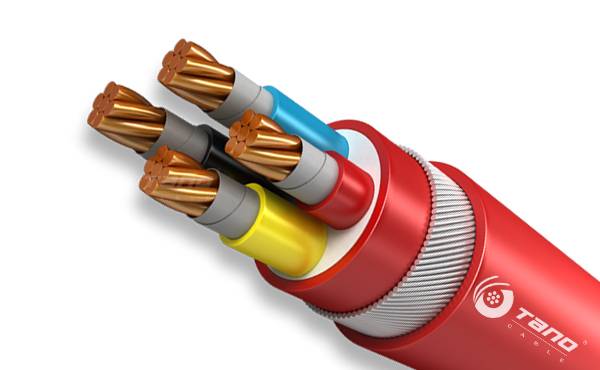17
May
What industries are making the most impact on cable designs?
Share:
It has become clear that labor-intensive and automated processes are using more industrial cables than ever before. Here, a number of cable manufacturers discuss what industries have been key in the design innovations that are helping to change data, networking and power cables to keep machines and industry running smoothly.
/2016-05-17.jpg) Automation is number one
Automation is number one
Any industry where automated machinery is in use has had a tremendous effect on cable designs, including warehousing and distribution, automotive manufacturing and food and beverage. These repeatable, high-speed and often high-power applications require safe, flexible designs.
“As all types of industrial automation advance to be more productive, machines are running at higher speeds than ever before,” said Rick Orsini, product manager at SAB North America. “As these industries take advantage of the developments in robotics, the need for faster communications and faster motors and drives requires more movement and more flexible cables to go along with them.”
In high-pressure, repeatable manufacturing, like stamping presses, tension on bolster cables is critical for safe designs, said Tim Hannigan, cable engineer, TPC Wire & Cable.
“One of the things that we’ve been able to do is use insulation that can withstand multiple repeated flexing cycles that you don’t need a real thick wall on. You can use a thin wall so it reduces the size. The caveat on the backside of that is it’s going to be a more expensive cable, because you’re using materials and techniques that are costly to use to begin with,” he said. “It may cost you a little more on the front side, but you’re going to save all kinds of money on the backside.”
Designing with health in mind
Most agree that a lot of recent changes have been spurred by the medical industry, with designs that are hygienic, safe and extremely durable.
According to Neal Allen, key account and industry manager, HELUKABEL. “We see more motion cables in the medical industry as they increase their use of robotics in more advanced applications. These machines need anti-microbial cables for these applications, which we can provide.”
Hannigan added that X-ray and MRI machines are requiring reliable motion cables to prevent downtime. These medical-grade cables must also meet FDA directives, he said.
And, said Rich Buchicchio, national sales and marketing manager for Cicoil, hospital equipment, like other labor intensive industries, “requires a 24/7 labor force, uninterrupted service, accuracy, and no injury issues from its cable designs.”
Materials to match harsh environments
To survive harsh environments, like machine tool, mining and construction, special jacketing materials have been developed to protect both the cables and their users.
Hannigan said that cables used in construction equipment must withstand the chemicals used in those industries. And Allen added that the machine tool industry requires more motion cables that can withstand cutting fluids and oils, making it even more challenging to cable designers.
/2016-05-17.jpg)
Any industry where automated machinery is in use has had a tremendous effect on cable designs, including warehousing and distribution, automotive manufacturing and food and beverage. These repeatable, high-speed and often high-power applications require safe, flexible designs.
“As all types of industrial automation advance to be more productive, machines are running at higher speeds than ever before,” said Rick Orsini, product manager at SAB North America. “As these industries take advantage of the developments in robotics, the need for faster communications and faster motors and drives requires more movement and more flexible cables to go along with them.”
In high-pressure, repeatable manufacturing, like stamping presses, tension on bolster cables is critical for safe designs, said Tim Hannigan, cable engineer, TPC Wire & Cable.
“One of the things that we’ve been able to do is use insulation that can withstand multiple repeated flexing cycles that you don’t need a real thick wall on. You can use a thin wall so it reduces the size. The caveat on the backside of that is it’s going to be a more expensive cable, because you’re using materials and techniques that are costly to use to begin with,” he said. “It may cost you a little more on the front side, but you’re going to save all kinds of money on the backside.”
Designing with health in mind
Most agree that a lot of recent changes have been spurred by the medical industry, with designs that are hygienic, safe and extremely durable.
According to Neal Allen, key account and industry manager, HELUKABEL. “We see more motion cables in the medical industry as they increase their use of robotics in more advanced applications. These machines need anti-microbial cables for these applications, which we can provide.”
Hannigan added that X-ray and MRI machines are requiring reliable motion cables to prevent downtime. These medical-grade cables must also meet FDA directives, he said.
And, said Rich Buchicchio, national sales and marketing manager for Cicoil, hospital equipment, like other labor intensive industries, “requires a 24/7 labor force, uninterrupted service, accuracy, and no injury issues from its cable designs.”
Materials to match harsh environments
To survive harsh environments, like machine tool, mining and construction, special jacketing materials have been developed to protect both the cables and their users.
Hannigan said that cables used in construction equipment must withstand the chemicals used in those industries. And Allen added that the machine tool industry requires more motion cables that can withstand cutting fluids and oils, making it even more challenging to cable designers.
Previous article:







